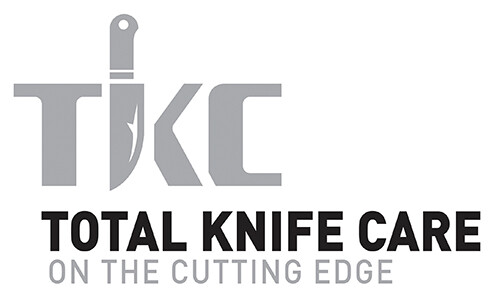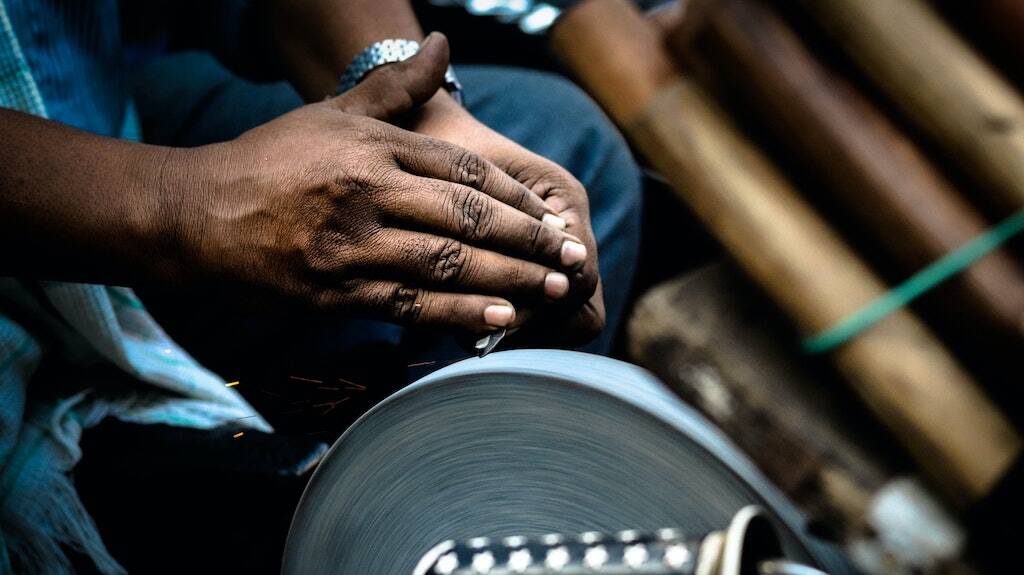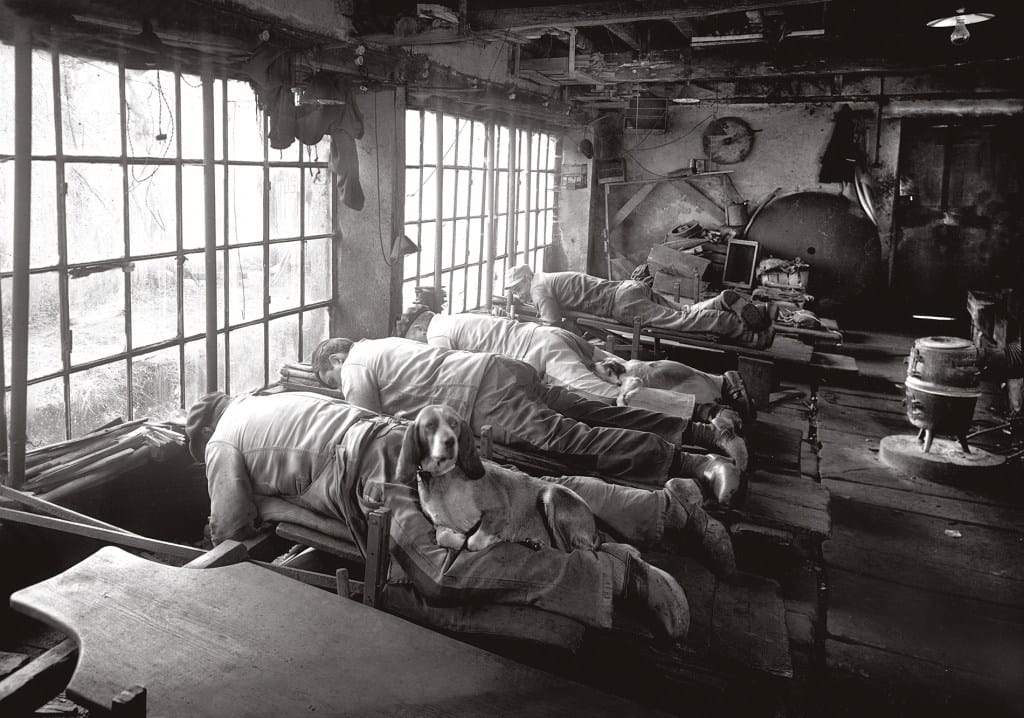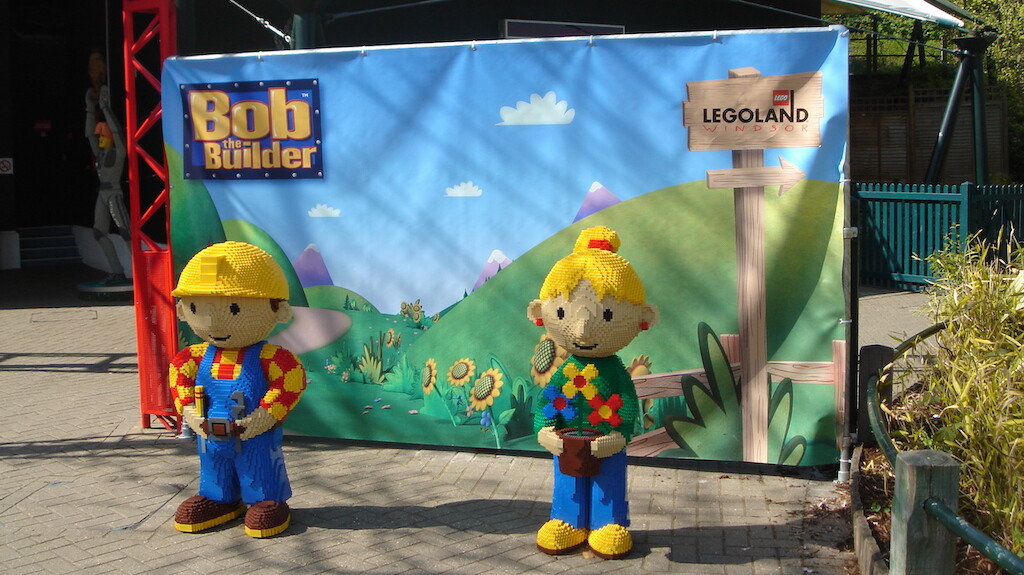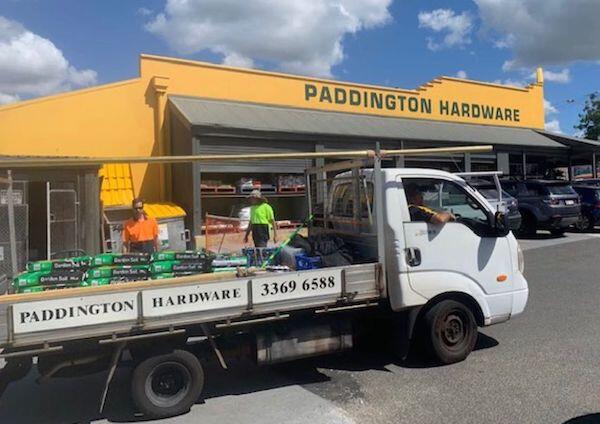We answered this question back in 2014, talking mainly about the manual method – using a whetstone to sharpen a blade. But what wasn’t covered in that article was another alternative – getting somebody to sharpen your knives for you.
In one of our earliest articles (Ballarat butcher looks back), Ballarat butcher Peter Loughnan told us how long it took to sharpen one knife with a whetstone – one hour. A whole set of knives could take quite a while. And in a business where you’re using your knives all the time, you don’t want them to get blunt.
Enter the professional knife sharpener. And to find out how this cottage industry was born, you have to go to the Dolomite mountains in the Italian Alps, and one specific valley in this region – Val di Rendena.
Nobody can explain why and when Val di Rendena became the origin of knife sharpeners, but for quite possibly hundreds of years knife sharpeners from this region, called either ‘Moletas’ or ‘Arrotini’ (from the Italian words for a portable grindstone – a ‘mola’ – and ‘arrotare’ which means to sharpen) would set out from their Alpine homes to travel the length and breadth of modern day Italy, visiting each village and town to offer their knife sharpening services.
From the late 1800s many moletas emigrated further afield, with most heading to the United States, but some also moving to Britain and as far as New Zealand*.
Those that moved to the US (and Canada) in the wave of Italian migration that continued through the twentieth century, established themselves right across the continent, bringing their services to all parts.
Competition between different moletas (particularly in the major US cities) became a little intense, which led to the setting up of the Knife Grinders Association in 1930, which mediated territorial disputes between them.
Almost all cities had at least one moleta, who wore a hallmark floppy hat and parked their wheelbarrow on a street corner, where they would sharpen customers’ knives on a pedal-operated grinding wheel, occasionally shouting out ‘moleta’ to announce their presence.
Moletas moved with the times, swapping to horse-drawn carts and then trucks and vans to ply their trade. At the same time they moved from pedal-operated to battery powered grinding wheels.
One innovation which has stood the test of time, in the US at least, is the concept of hiring out or swapping knives for customers.
Heavy users of knives, such as butchers, professional chefs and meatpackers, simply didn’t have the time to sharpen all their knives as often as they needed to (until the Nirey electric range came along to do the same job in minutes of course!) and so some moletas started offering to ‘swap’ a set of blunt knives for a set of sharp ones – for a small fee.
One modern day moleta is Robert Ambrosi of Ambrosi Cutlery, who services around 800 customers in New York, a mix of butchers, meatpackers and restaurants, including the Yankee Stadium**.
He waltzes in to the preparation area and simply swaps the knives out, replacing them with a new set of razor sharp knives, then comes back a week or so later and does the same thing again.
The art and science of knife sharpening is spoken of in reverential terms by its practitioners, and descendants of the original moletas believe that the skill involved in getting a knife to its sharpest state is something that is in the blood of the current children, grandchildren and great-grandchildren of the original immigrants.
Although electric knife sharpeners have to a great extent replaced the skill of these historic artisans, some still remain, offering their services to a grateful – and time-poor – clientele.
And if ever you find yourself in the Italian Alps, and in the Dolomite town of Pinzolo, you will find a statue dedicated to the generations of ‘moletas’ who have spread around the world from the towns and villages in the Val di Rendena – the ‘Monumento al Moleta’.
*so far we haven’t been able to find any moleta descendants in Australia, but we’re guessing there are some somewhere!
**https://www.nytimes.com/2010/09/04/business/04knife.html
